Home>Storage Ideas>Kitchen Storage>Should Kitchen Cabinets Be Lighter Or Darker Than Walls?
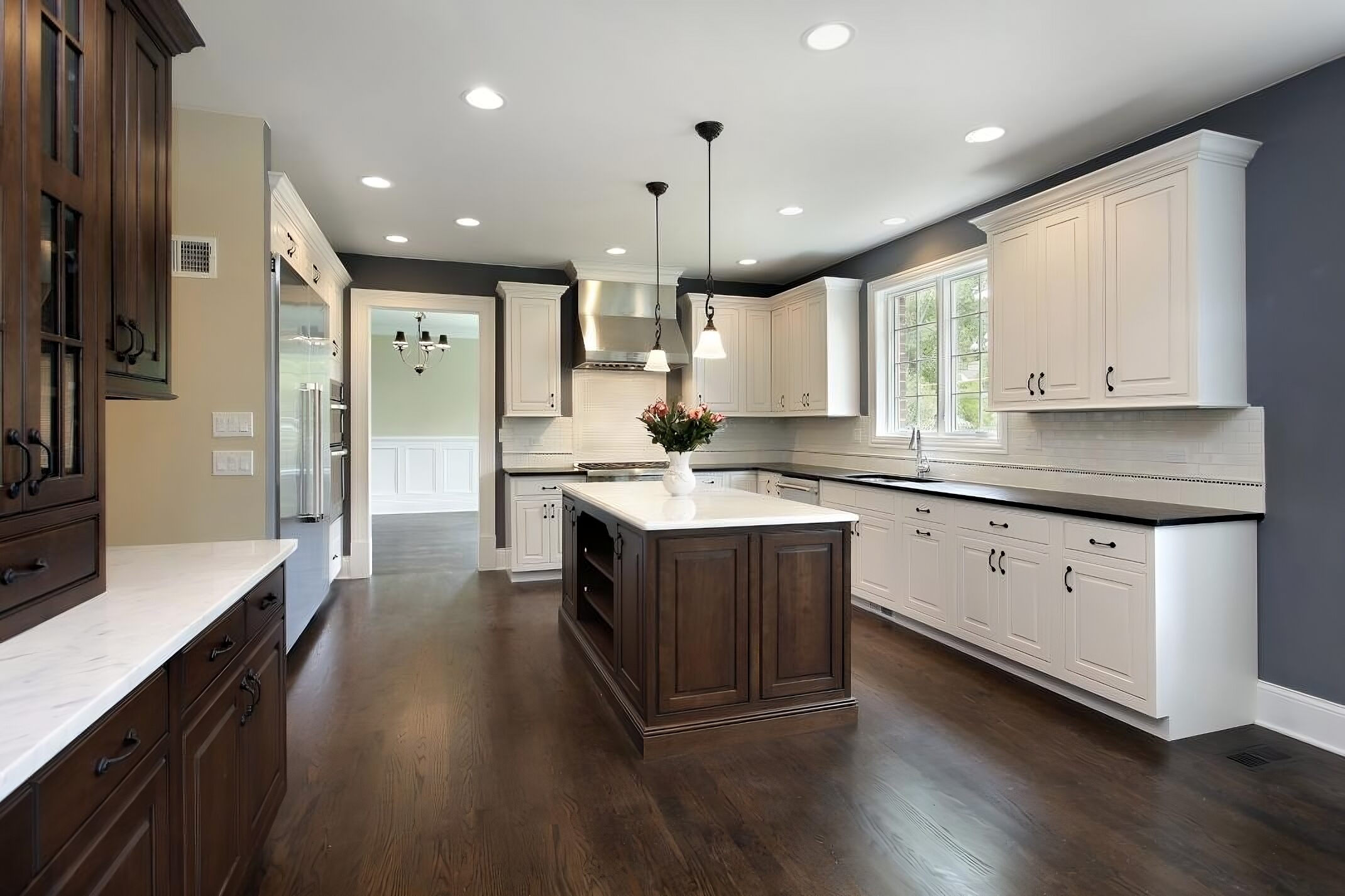

Kitchen Storage
Should Kitchen Cabinets Be Lighter Or Darker Than Walls?
Modified: August 28, 2024
Discover the ideal kitchen storage ideas and decide whether your cabinets should be lighter or darker than your walls for a stylish and functional space.
(Many of the links in this article redirect to a specific reviewed product. Your purchase of these products through affiliate links helps to generate commission for Storables.com, at no extra cost. Learn more)
Introduction
When it comes to kitchen design, one of the major decisions homeowners face is whether to choose lighter or darker colored cabinets for their kitchen. The color of the cabinets plays a significant role in determining the overall look and feel of the space. Should kitchen cabinets be lighter or darker than the walls? This is a question that often arises during the kitchen design process.
The choice between lighter or darker cabinets depends on several factors, including personal preference, the size of the kitchen, the amount of natural light, and the desired aesthetic. This article will explore the considerations when choosing cabinet colors and discuss the pros and cons of both lighter and darker cabinets. Additionally, we will delve into the factors to consider when matching cabinets with wall colors and explore various color combinations to create a visually appealing and harmonious kitchen design.
Making the right choice between lighter and darker cabinets is crucial as it can greatly impact the overall ambiance of the kitchen. Lighter cabinets tend to create an airy and bright atmosphere, making the space feel more spacious. On the other hand, darker cabinets convey a sense of luxury and elegance, adding depth and warmth to the kitchen. Understanding the benefits and drawbacks of each option will help you make an informed decision that aligns with your desired kitchen aesthetic.
So should kitchen cabinets be lighter or darker than the walls? Let’s delve deeper into each option and explore the various factors to consider when making this important decision. Whether you prefer a crisp and minimalist look or a cozy and intimate ambiance, understanding the nuances of cabinet colors will help you create the kitchen of your dreams. Let’s embark on this exciting journey of kitchen design and explore the possibilities of cabinet colors.
Key Takeaways:
- Lighter cabinets create an airy, modern feel and work well in smaller kitchens, while darker cabinets exude luxury and warmth, hiding wear and tear. Consider personal style, space, and lighting when choosing.
- Harmonizing cabinet and wall colors is crucial for a cohesive kitchen design. Consider color theory, contrast, and tonal variations to create a visually pleasing and inviting space that reflects your unique style.
Considerations when choosing cabinet colors
Choosing the right color for your kitchen cabinets involves careful consideration of several factors. Understanding these considerations will help you make an informed decision that aligns with your personal style, kitchen design, and overall aesthetic. Here are a few key considerations to keep in mind:
1. Personal preference: Your personal style plays a crucial role in determining the color of your kitchen cabinets. Consider whether you prefer a light and airy feel or a more dramatic and cozy ambiance. Understanding your preferences will guide you in choosing between lighter or darker cabinet colors.
2. Size of the kitchen: The size of your kitchen is an important factor to consider when choosing cabinet colors. In smaller kitchens, lighter cabinets can help create an illusion of space, making the area feel more open and spacious. On the other hand, in larger kitchens, darker cabinets can add depth and warmth, creating a more intimate and inviting atmosphere.
3. Natural light: Assess the amount of natural light in your kitchen. If your kitchen receives ample natural light, lighter cabinets can help enhance the brightness and create a vibrant and welcoming space. However, if your kitchen lacks natural light, darker cabinets can add richness and depth, making the area feel cozy and inviting.
4. Existing kitchen design: Consider the existing design elements in your kitchen, such as the countertops, flooring, and backsplash. The cabinet color should complement these elements and create a cohesive look. For example, if you have a cool-toned countertop, lighter cabinet colors with cool undertones can create a harmonious balance.
5. Overall aesthetic: Think about the overall aesthetic you want to achieve in your kitchen. Lighter cabinet colors tend to create a more modern and contemporary look, while darker cabinets can evoke a traditional or rustic feel. Consider the style of your home and choose a cabinet color that aligns with that aesthetic.
By taking these considerations into account, you can narrow down your options and choose a cabinet color that fits your personal taste, kitchen size, lighting, and existing design elements. Keep in mind that there are pros and cons to both lighter and darker cabinet colors, so it’s important to weigh these factors against your preferences and desired kitchen ambiance. Let’s explore the advantages and disadvantages of lighter and darker cabinets in the next sections.
Pros and cons of lighter cabinets
Lighter colored kitchen cabinets offer a range of advantages and disadvantages. Understanding these pros and cons will help you determine whether lighter cabinets are the right choice for your kitchen. Let’s dive into the benefits and drawbacks of lighter cabinets:
Pros:
1. Enhanced brightness: Lighter cabinets have the ability to make a kitchen feel brighter and more spacious. They reflect light, maximizing the natural and artificial light sources in the room. This creates an open and airy atmosphere, especially in smaller kitchens or those with limited natural light.
2. Modern and fresh aesthetic: Lighter cabinets often give a contemporary and clean look to the kitchen. They can make the space feel more modern and timeless, offering a versatile canvas for different design styles and decor choices.
3. Design flexibility: Lighter cabinets provide greater flexibility when it comes to selecting other elements of the kitchen design. They can easily match a variety of wall colors, countertops, backsplashes, and flooring options, allowing you to experiment with different combinations and create a cohesive look.
4. Perceived cleanliness: Lighter cabinets tend to give the impression of cleanliness and hygiene. Any stains or spills are less visible on lighter surfaces, making maintenance and cleaning easier.
Cons:
1. Visible wear and tear: Lighter cabinets may show signs of wear and tear more easily than darker ones. Chips, scratches, and discoloration can be more noticeable on lighter surfaces, requiring more frequent maintenance and touch-ups.
2. Lack of depth: Lighter cabinets may lack the depth and richness of darker options. If you’re looking to create a more dramatic or cozy ambiance in your kitchen, lighter cabinets may not provide the desired effect.
3. Susceptible to stains: Lighter cabinets can be more susceptible to stains, especially if they are made from porous materials. Spills and splatters can be more noticeable and require regular cleaning to maintain their pristine appearance.
4. Limited contrast: Lighter cabinets may not offer as much contrast with certain wall colors or design elements. If you’re looking for a more visually striking or dynamic kitchen design, darker cabinets might be a better choice.
Consider these advantages and disadvantages when deciding on lighter cabinets for your kitchen. If you prioritize brightness, a modern aesthetic, and design flexibility, lighter cabinets might be the perfect fit. However, if you’re concerned about wear and tear or desire a more dramatic and contrasting look, you may want to explore darker cabinet options.
Pros and cons of darker cabinets
Darker colored kitchen cabinets have their own set of advantages and disadvantages. Understanding these pros and cons will help you determine whether darker cabinets are the right choice for your kitchen. Let’s explore the benefits and drawbacks of darker cabinets:
Pros:
1. Elegance and warmth: Darker cabinets exude a sense of luxury, elegance, and warmth. They can create a cozy and inviting atmosphere, particularly in larger kitchens or those with abundant natural light.
2. Hide dirt and wear: Darker cabinets have the advantage of being more forgiving when it comes to hiding dirt, stains, and wear and tear. This makes them a practical choice for busy households or kitchens that experience heavy use.
3. Rich depth and contrast: Darker cabinets add depth and dimension to a kitchen design. They can provide a striking contrast with lighter-colored countertops, backsplashes, and walls, creating a visually captivating and dynamic space.
4. Timeless appeal: Darker cabinets often have a classic and timeless appeal. They can withstand changing design trends and complement a variety of design styles, from traditional to contemporary.
Cons:
1. Light absorption: Darker cabinets tend to absorb light, which can make the kitchen feel smaller and potentially darker, especially in spaces with limited natural light. This can create a more intimate and cocoon-like atmosphere, which may not be preferred by everyone.
2. Limited versatility: Darker cabinets can be more limiting in terms of matching with other design elements. Selecting the right wall colors, countertops, and flooring to create a harmonious and balanced look may require more careful consideration and coordination.
3. Potential maintenance challenges: Darker cabinets may show dust, fingerprints, and scratches more prominently than lighter options. Regular cleaning and maintenance may be required to keep them looking their best.
4. Style considerations: The choice of darker cabinets may be more suitable for specific design styles, such as traditional, rustic, or industrial. If you’re aiming for a lighter and more airy aesthetic, darker cabinets may not align with your desired design vision.
Consider these pros and cons when deciding on darker cabinets for your kitchen. If you value the elegance, warmth, and depth that darker cabinets bring, and are looking for a forgiving option in terms of wear, tear, and stains, darker cabinets might be the perfect fit for your kitchen. However, if you have a smaller kitchen or prefer a more versatile and light-filled space, lighter cabinets may be a better choice. Ultimately, it’s essential to consider your personal style and the overall aesthetic you want to achieve in your kitchen.
Factors to consider when matching cabinets with wall colors
Choosing the right combination of cabinet and wall colors is essential to create a cohesive and visually appealing kitchen design. The right pairing can elevate the overall ambiance, enhance the aesthetic, and create a space that reflects your personal style. Here are some factors to consider when matching cabinets with wall colors:
1. Color theory: Understanding basic principles of color theory can help you create a harmonious and balanced color scheme. Consider the color wheel and how different colors relate to each other. Complementary colors, such as blue and orange or yellow and purple, can create a visually striking contrast. Analogous colors, which sit next to each other on the color wheel (e.g., blue and green or red and orange), can offer a more subtle and harmonious combination.
2. Contrast: Consider the level of contrast you want to achieve between your cabinets and walls. High contrast can create a bold and dramatic look, while low contrast can create a more harmonious and serene atmosphere. For example, pairing dark cabinets with light-colored walls can create a strong contrast, while matching light cabinets with a slightly darker shade on the walls can offer a softer contrast.
3. Light and space: Take into account the amount of natural and artificial light in your kitchen, as well as the size of the space. Lighter wall colors can help reflect light and make smaller kitchens appear more spacious. Darker wall colors can add depth and create a cozy feel. Analyze your kitchen’s lighting conditions and size to determine the most suitable wall color that complements the cabinets.
4. Existing kitchen elements: Consider the colors of other elements in your kitchen, such as countertops, backsplashes, and flooring. The wall color should coordinate and complement these elements to create a cohesive and balanced look. Pay attention to the undertones of the various colors to ensure they harmonize rather than clash.
5. Style and atmosphere: Think about the overall style and atmosphere you want to achieve in your kitchen. Lighter wall colors can create a fresh and modern feel, while deeper hues can evoke a more traditional or cozy ambiance. Consider your personal style and the design aesthetic you want to project when selecting wall colors.
6. Sample testing: It is always recommended to test different wall colors before committing to the final choice. Paint small swatches of the potential colors on your kitchen walls and observe how they look in different lighting conditions throughout the day. This will give you a better sense of how the colors interact with your cabinets and other kitchen elements.
By considering these factors, you can narrow down the options and find the perfect wall color to complement your cabinets. Remember, the ultimate goal is to create a seamless and harmonious kitchen design where the cabinets and walls work together to create an inviting and visually pleasing space.
Lighter kitchen cabinets can make a space feel larger and more open, while darker cabinets can create a cozy and dramatic atmosphere. Consider the size and natural light in the kitchen when choosing the color.
Creating contrast with cabinets and walls
Creating contrast between cabinets and walls is an effective way to add visual interest and depth to your kitchen design. Contrast can make a bold statement, highlight key features, and create a dynamic and visually appealing space. Here are some strategies to create contrast with cabinets and walls:
1. Light vs. dark: One of the most common ways to create contrast is by pairing light-colored cabinets with dark-colored walls, or vice versa. Light cabinets against dark walls can create a striking and dramatic effect, drawing attention to the cabinetry and creating a focal point in the kitchen. On the other hand, dark cabinets against light walls can create a strong contrast and add depth to the space.
2. Color blocking: Consider using contrasting colors for cabinets and walls with color blocking techniques. For example, you can choose a vibrant and bold color for your cabinets, such as navy blue or deep red, and pair it with a neutral or lighter hue for the walls. This creates a bold and eye-catching look that immediately captures attention.
3. Textures and finishes: Another way to create contrast is by combining different textures and finishes between cabinets and walls. For example, you can have sleek and glossy cabinets paired with a textured or rough finish on the walls, creating a tactile contrast. This adds visual interest and provides a unique sensory experience in the kitchen.
4. Material contrast: Consider integrating different materials for cabinets and walls to create contrast. For example, you can have cabinets made of natural wood paired with a tiled or stone feature wall. The contrast between the warmth of the wood and the coolness of the tile or stone adds depth and texture to the space.
5. Light fixtures and accessories: Lighting fixtures and accessories can also play a role in creating contrast in your kitchen. Introduce lighting fixtures that stand out against the background of the walls, such as pendant lights or under-cabinet lighting. Additionally, select accessories, such as decorative items or kitchenware, in contrasting colors to add pops of color and visual interest.
When designing your kitchen, keep in mind that creating contrast should be done purposefully and with balance. Too much contrast can be overwhelming, while too little can result in a monotonous and uninteresting space. Consider the overall style and atmosphere you want to achieve and use contrast strategically to enhance certain elements and create a visually appealing kitchen design.
Remember to also consider the other factors we discussed, such as lighting conditions, space, and personal style, when creating contrast between cabinets and walls. By carefully incorporating contrast into your kitchen design, you can make a powerful impact and create a dynamic and visually stunning space that reflects your personal style.
Harmonizing cabinet and wall colors
Achieving a harmonious combination of cabinet and wall colors is essential for creating a cohesive and visually pleasing kitchen design. When the colors work together harmoniously, they can enhance the overall aesthetic, create balance, and evoke a sense of unity in the space. Here are some tips for harmonizing cabinet and wall colors in your kitchen:
1. Color families: Consider selecting cabinet and wall colors from the same color family or with similar undertones. This helps create a cohesive look and ensures that the colors complement each other. For example, if your cabinets have warm undertones, consider choosing wall colors with warm undertones as well.
2. Tonal variations: Another approach to harmonizing cabinet and wall colors is by working with tonal variations. This involves selecting different shades or intensities of the same color. For example, if your cabinets are a rich dark brown, you can choose a lighter shade of brown for the walls. This creates a subtle and harmonious blend of colors.
3. Neutrals as a base: Neutrals are an excellent choice for creating harmony in your kitchen. If you prefer a more muted and timeless look, consider using neutral colors for both your cabinets and walls. Shades of white, beige, or gray provide a neutral base that can easily be complemented by other colors in your kitchen’s design.
4. Accent colors: Consider incorporating accent colors that can tie your cabinets and walls together. These accent colors can be introduced through smaller elements such as backsplashes, countertops, or even decorative items like curtains or tableware. By having a common accent color throughout the space, you can create a cohesive and harmonizing effect.
5. Use of patterns: Patterns can be an interesting way to harmonize cabinet and wall colors. Consider using patterned tiles or wallpapers that incorporate both cabinet and wall colors. This creates a visually appealing blend and adds depth to the overall design while maintaining a cohesive look.
6. Test and observe: It’s crucial to test the chosen cabinet and wall colors together to ensure they harmonize well in your kitchen’s specific lighting conditions. Paint swatches on the walls and place them next to your cabinets to observe how the colors interact and complement each other. Take note of how the colors change throughout the day as lighting conditions vary.
In summary, harmonizing cabinet and wall colors involves careful selection based on color families, tonal variations, neutrals, accent colors, and patterns. By considering these elements and testing the colors in your kitchen, you can achieve a harmonious and visually appealing space that reflects your personal style and creates a pleasant atmosphere.
Remember, creating harmony does not mean that the colors have to match exactly. Sometimes, subtle variations and complementary hues can bring a delightful and unique charm to your kitchen design. Trust your instincts, experiment with different options, and choose cabinet and wall colors that make you feel excited to spend time in your kitchen.
Popular color combinations for cabinets and walls
Choosing the right color combination for your kitchen cabinets and walls can greatly enhance the overall aesthetic and ambiance of the space. There are several popular color combinations that homeowners often turn to when designing their kitchens. Let’s explore some of these popular color combinations:
1. Classic Contrast: One timeless color combination is pairing white or cream-colored cabinets with a darker hue on the walls. This creates a classic contrast that can make the cabinets stand out and add depth to the space. Think white cabinets with a navy blue or deep gray wall color.
2. Neutral Elegance: Neutral color combinations continue to be popular choices in kitchen design. Pairing light-colored cabinets, such as light beige or soft gray, with creamy white or light gray walls creates a sophisticated and elegant look. This combination allows for versatility in adding pops of color through accessories and décor.
3. Monochromatic Chic: Monochromatic color schemes can bring a sleek and contemporary look to the kitchen. Choose different shades of the same color for both the cabinets and walls, creating a cohesive and harmonious effect. For example, pair light gray cabinets with a darker gray wall color to create a modern and chic kitchen.
4. Natural Harmony: Another popular trend is to create a harmonious connection between the cabinets and natural elements in the kitchen. For example, pairing natural wood cabinets with earthy or warm-toned walls creates a cozy and inviting atmosphere. This combination brings a sense of nature and organic beauty to the space.
5. Bold and Vibrant: For those who seek a vibrant and energetic kitchen, consider combining bold colors for the cabinets and walls. Pairing bold-colored cabinets, such as deep red or vibrant blue, with a complementary or contrasting color on the walls can create a striking and memorable kitchen design.
6. Serene and Tranquil: Soft and calming color combinations are ideal for creating a tranquil and relaxing kitchen environment. Light-colored cabinets, such as pale blue or mint green, paired with a soft creamy white or light gray wall color, can evoke a peaceful and serene atmosphere, perfect for unwinding and cooking.
When selecting a color combination, consider your personal style, the overall design aesthetic you want to achieve, and the existing elements in your kitchen. It’s also essential to consider the lighting conditions in your kitchen, as colors can appear different depending on natural and artificial light.
Remember that these popular color combinations are just suggestions and starting points. Feel free to experiment with different shades, hues, and finishes to create a unique and personalized color combination that reflects your taste and creates a kitchen you’ll love.
Ultimately, the key is to choose cabinet and wall colors that visually please you and create a space that feels inviting and enjoyable to be in. Don’t be afraid to think outside the box, get inspired, and let your creativity guide you in selecting the perfect color combination for your kitchen.
Conclusion
Making the decision between lighter or darker kitchen cabinets and finding the perfect color combination with the walls can greatly impact the overall look and feel of your kitchen. By carefully considering various factors such as personal preference, kitchen size, natural light, and existing design elements, you can make an informed choice that aligns with your desired aesthetic.
Lighter cabinets offer benefits such as enhanced brightness, a modern aesthetic, and design flexibility. They create an open and airy atmosphere, making smaller kitchens appear more spacious. On the other hand, darker cabinets exude elegance and warmth, hide wear and tear more easily, and create a rich depth and contrast. They add a touch of luxury and sophistication to the space.
When matching cabinets with wall colors, it is important to consider factors such as color theory, contrast, light and space, existing kitchen elements, style, and personal preference. Creating contrast with cabinets and walls can add visual interest and depth to your kitchen design. Using tonal variations, integrating different materials, and utilizing patterns can create striking effects.
Harmonizing cabinet and wall colors involves selecting colors from the same family, working with tonal variations, using neutrals as a base, incorporating accent colors, and testing different options to ensure they complement each other. By achieving a harmonious blend, you can create a cohesive and visually pleasing kitchen design that reflects your personal style.
Some popular color combinations for cabinets and walls include classic contrast (white cabinets with darker walls), neutral elegance (light-colored cabinets with creamy white or light gray walls), monochromatic chic (different shades of the same color for cabinets and walls), natural harmony (natural wood cabinets with earthy or warm-toned walls), bold and vibrant combinations, and serene and tranquil pairings.
Ultimately, the choice of cabinet and wall colors is a personal one that should align with your style and preferences. Whether you opt for lighter or darker cabinets, creating contrast or aiming for harmonious combinations, the goal is to create a kitchen that is visually appealing, functional, and a reflection of your unique personality.
Remember to take into account the lighting conditions and size of your kitchen, as well as test the chosen colors together to ensure they harmonize well in your specific space. With careful consideration and creativity, you can achieve a kitchen design that you’ll love for years to come.
Ready to elevate your kitchen's functionality and style? Dive into expert insights on optimizing kitchen design or discover the freshest wall colors set to trend in 2024. For those considering broader home improvements, learn about the best hardwood floors for renovation projects. Each guide offers practical advice and stylish solutions tailored to enhance your living space.
Frequently Asked Questions about Should Kitchen Cabinets Be Lighter Or Darker Than Walls?
Was this page helpful?
At Storables.com, we guarantee accurate and reliable information. Our content, validated by Expert Board Contributors, is crafted following stringent Editorial Policies. We're committed to providing you with well-researched, expert-backed insights for all your informational needs.
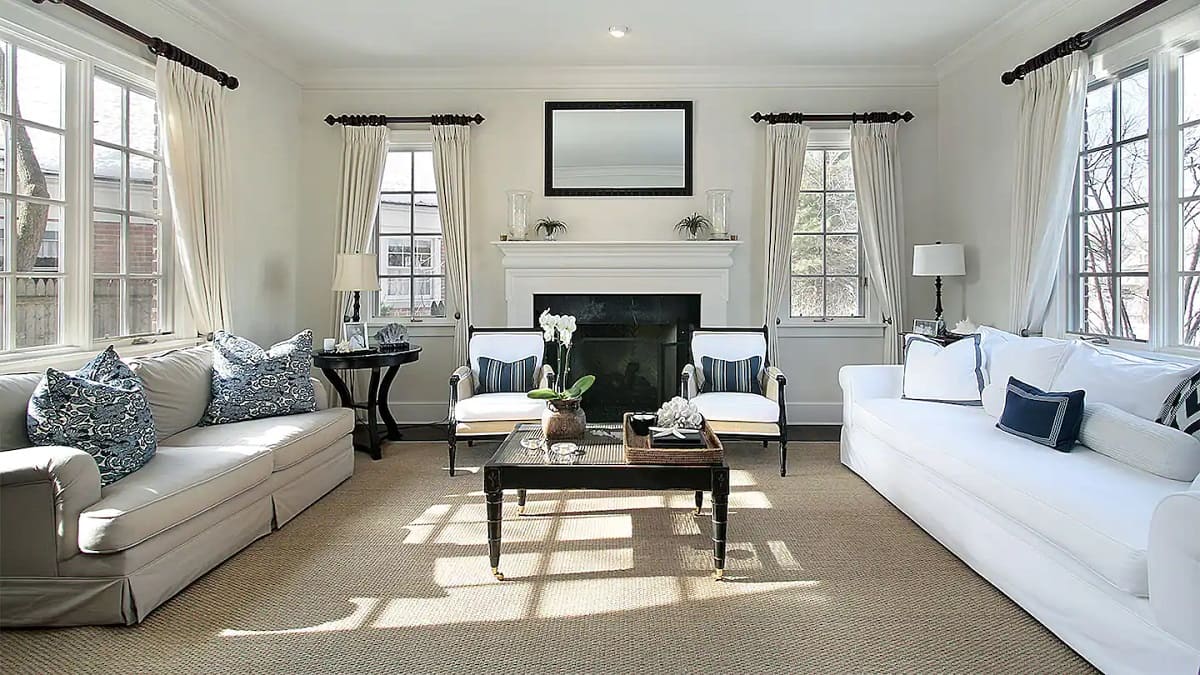
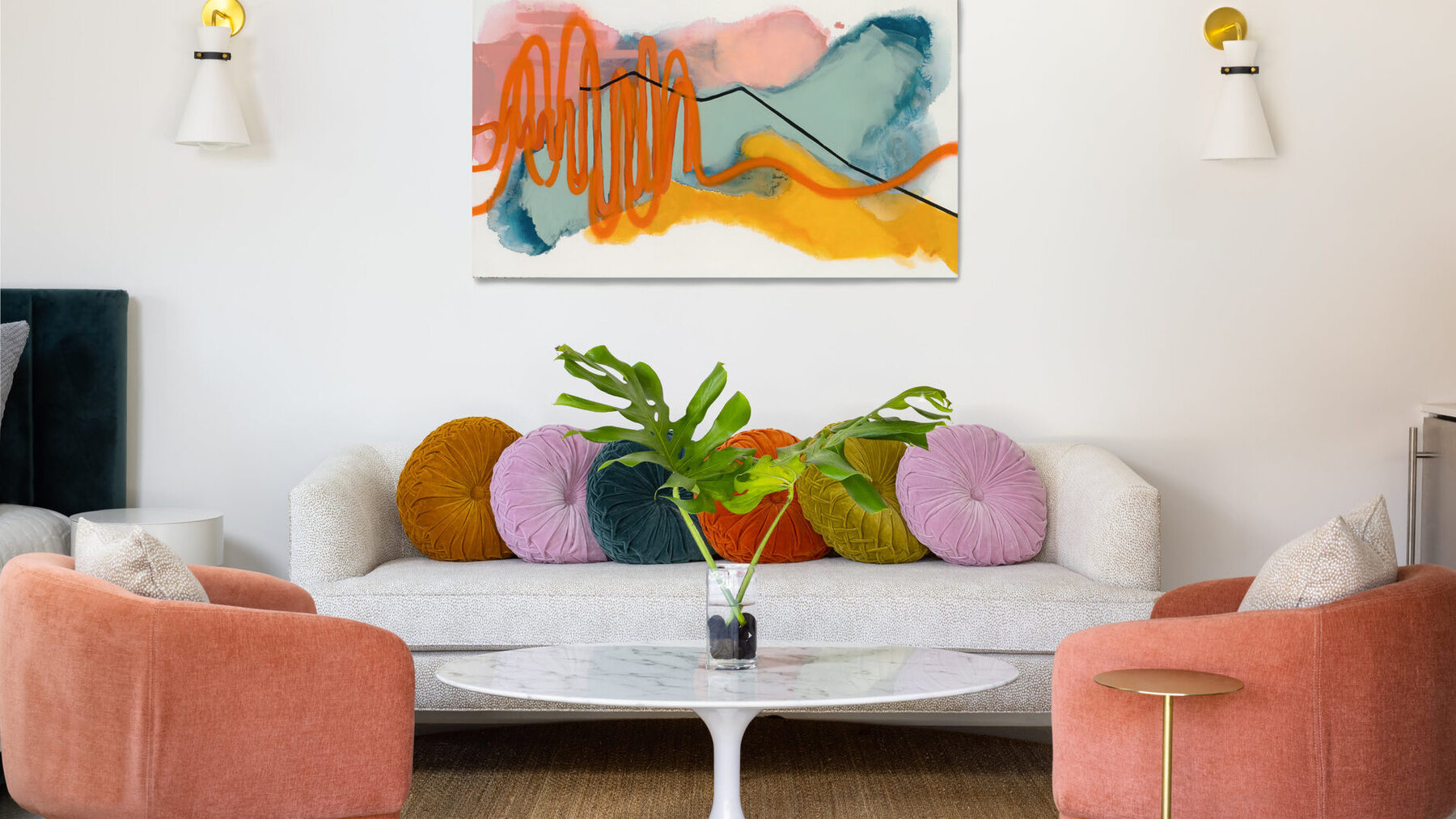

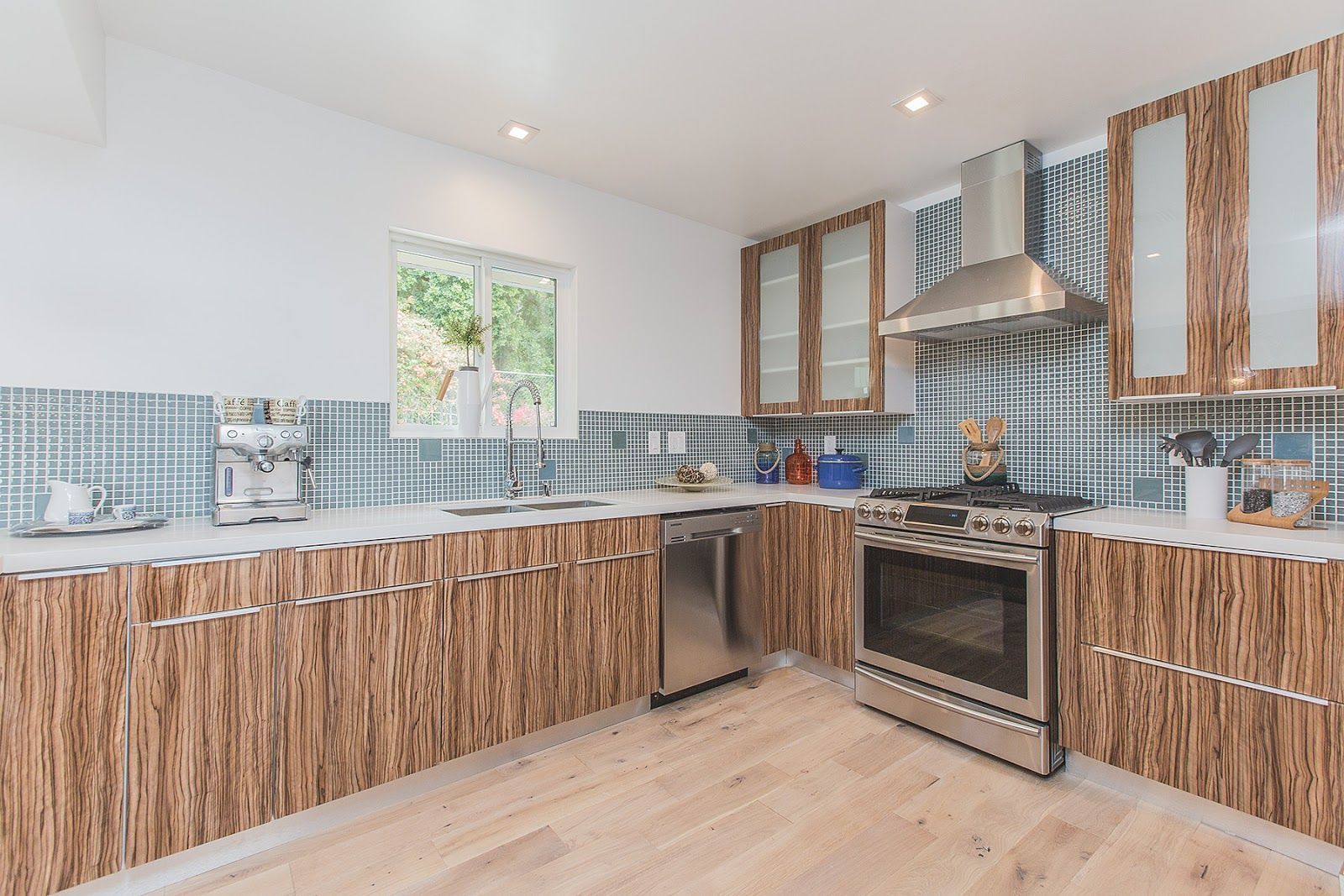
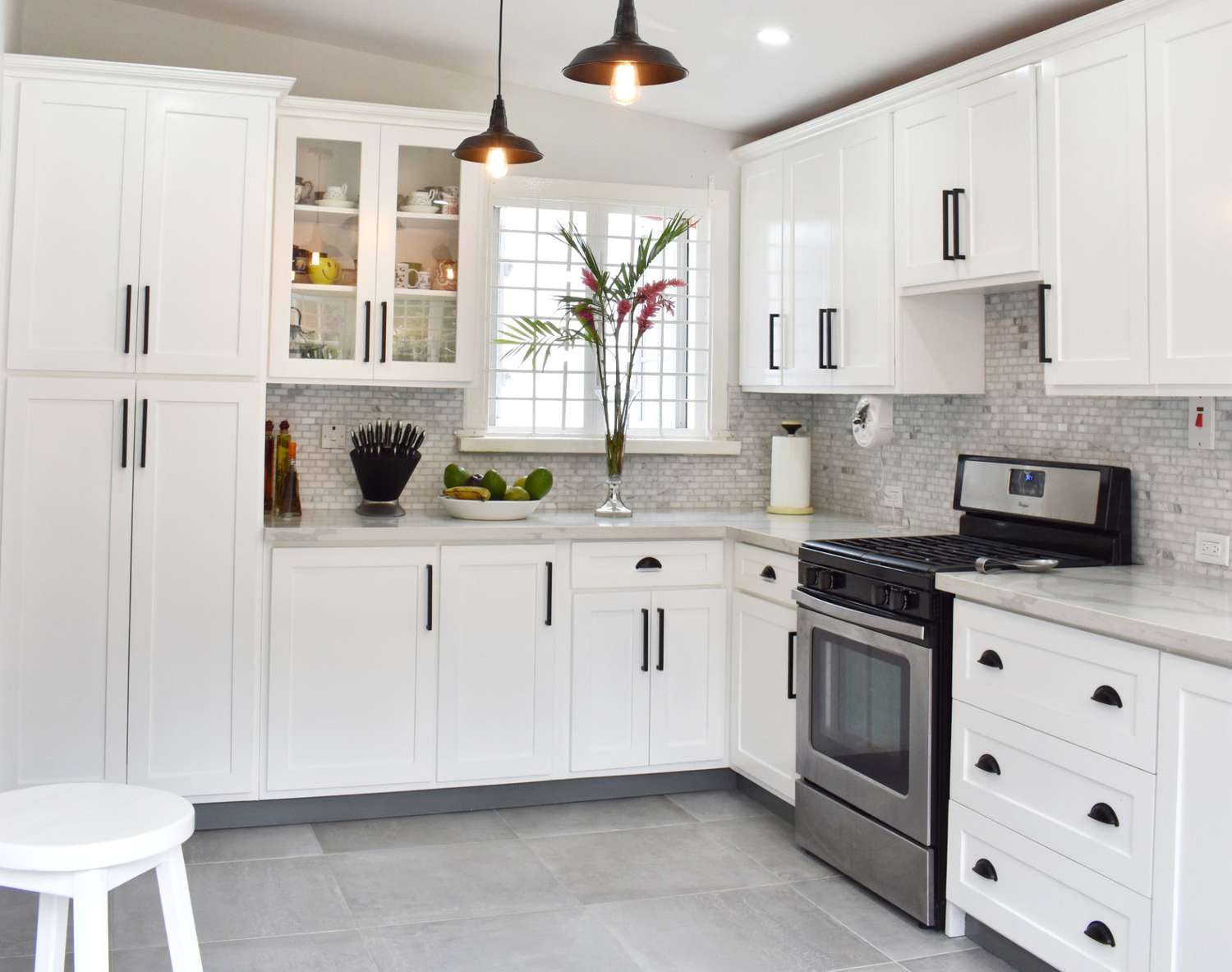
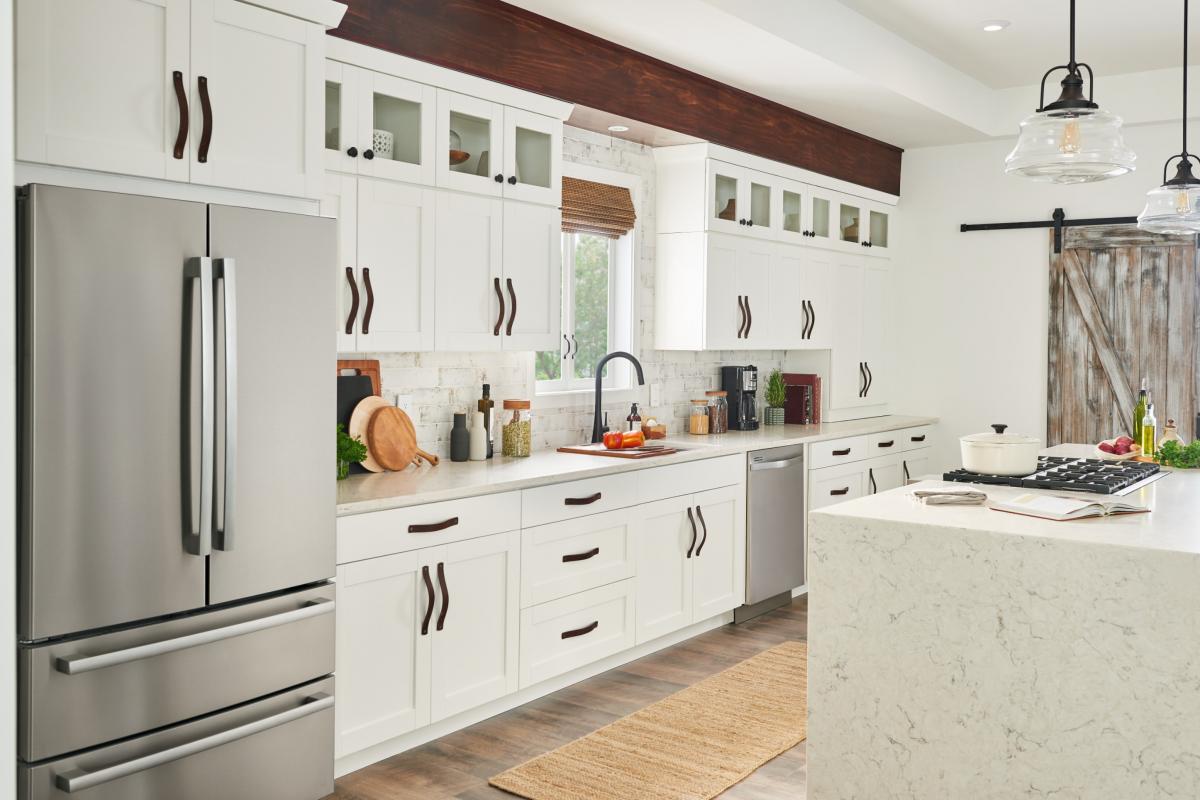
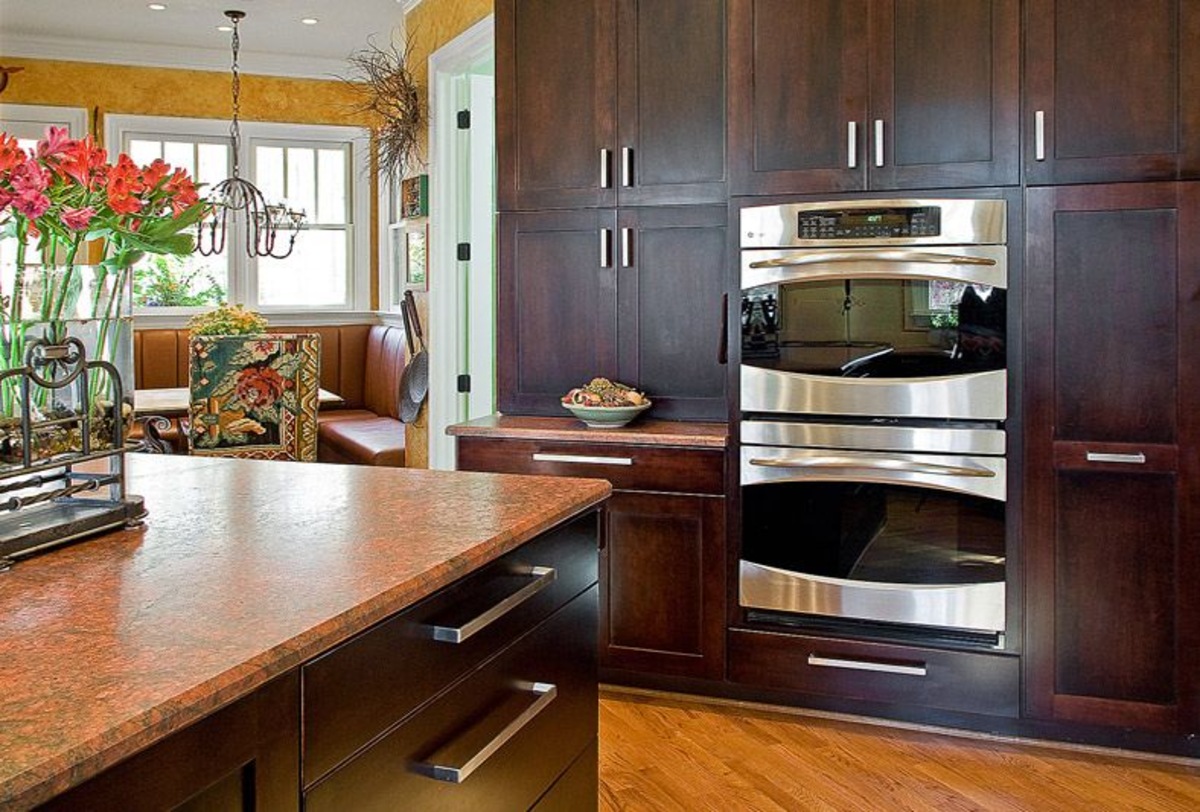
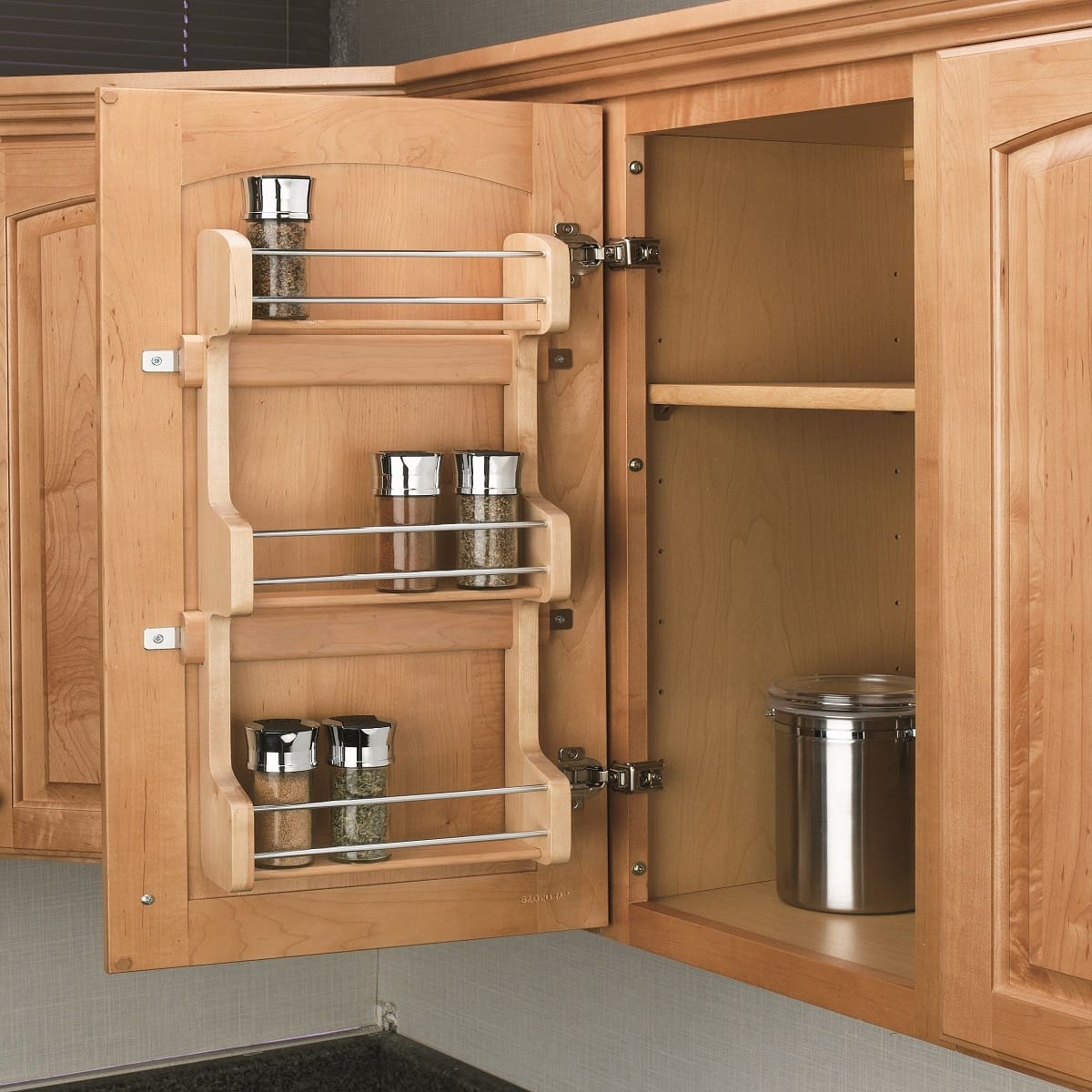
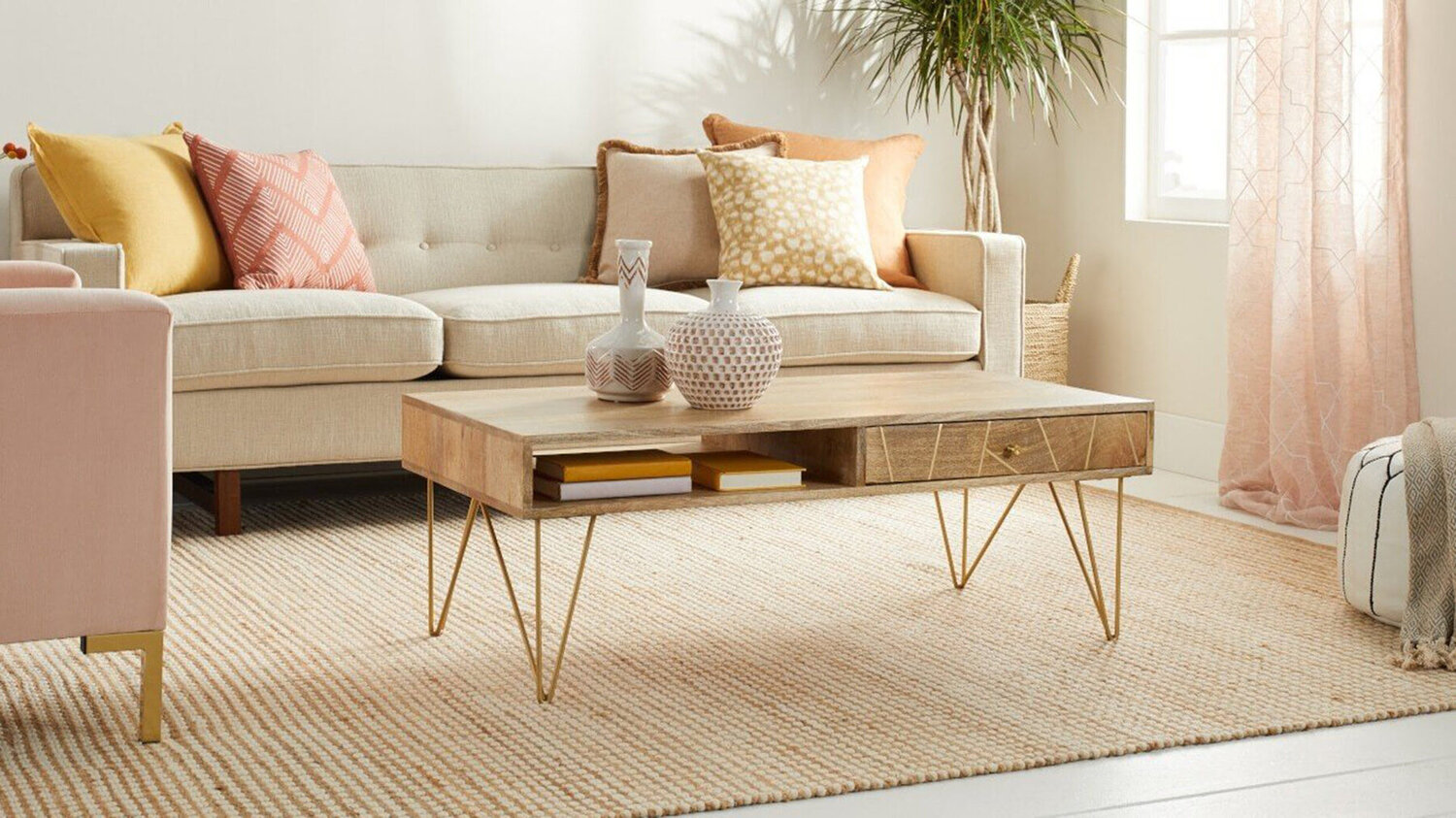
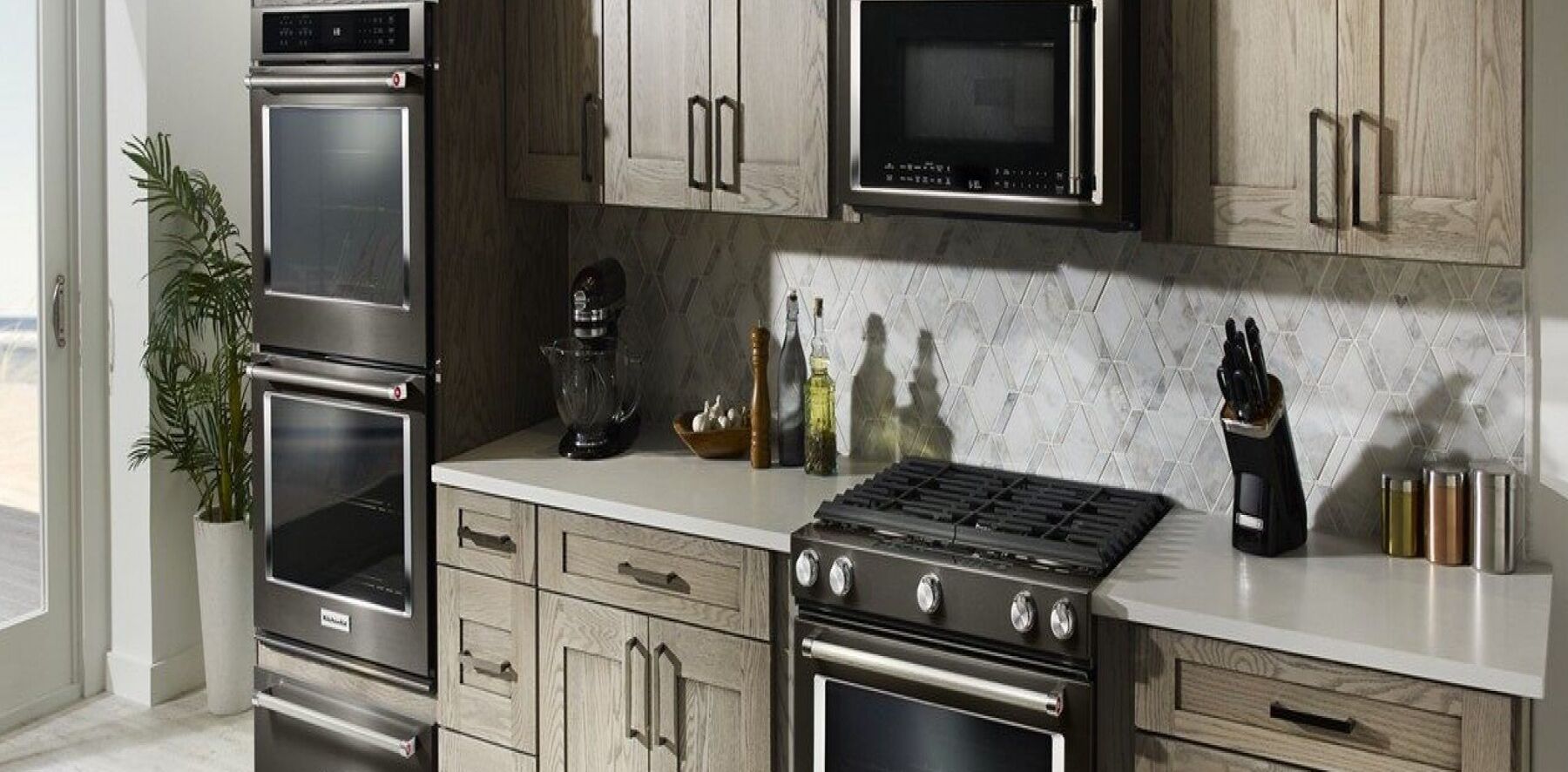
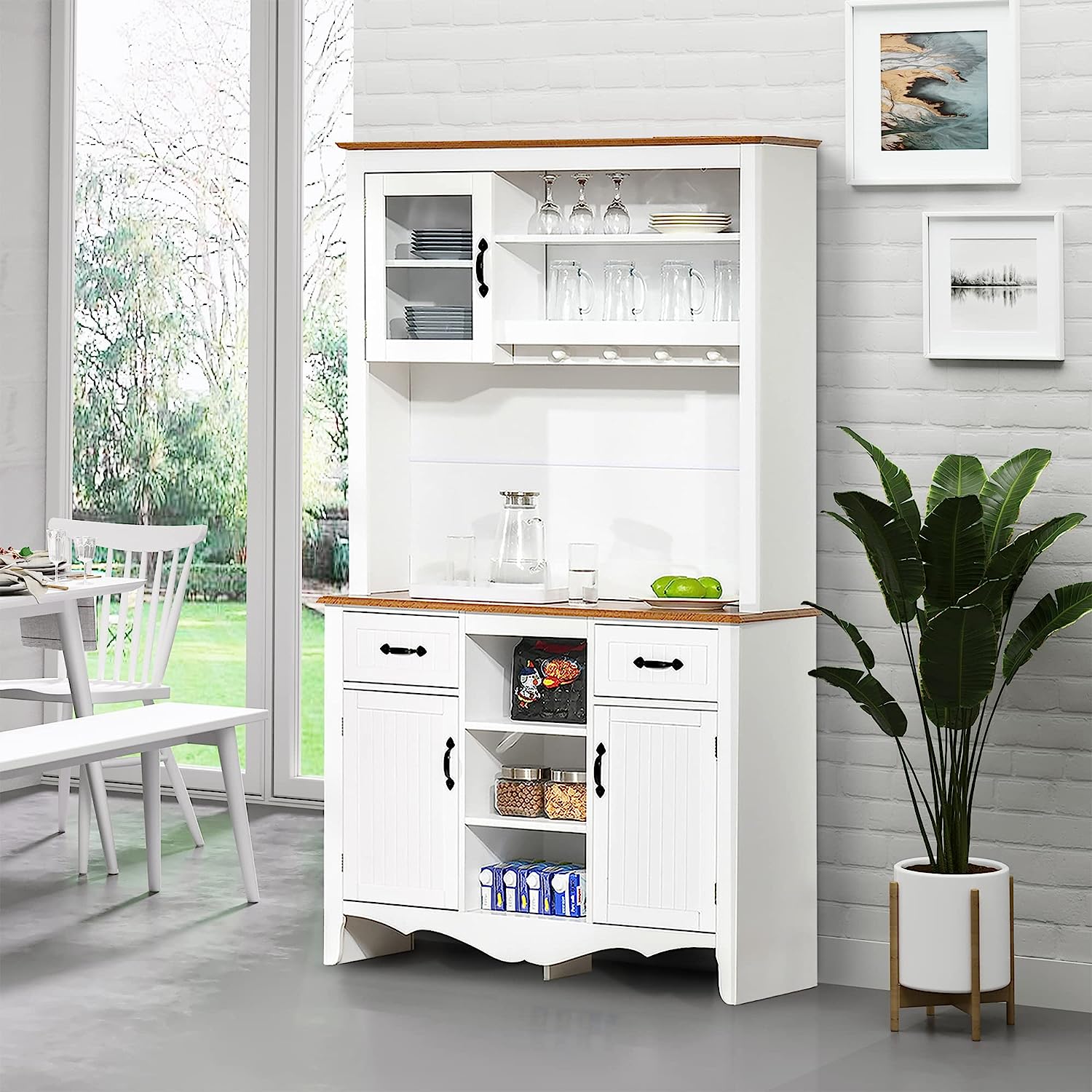
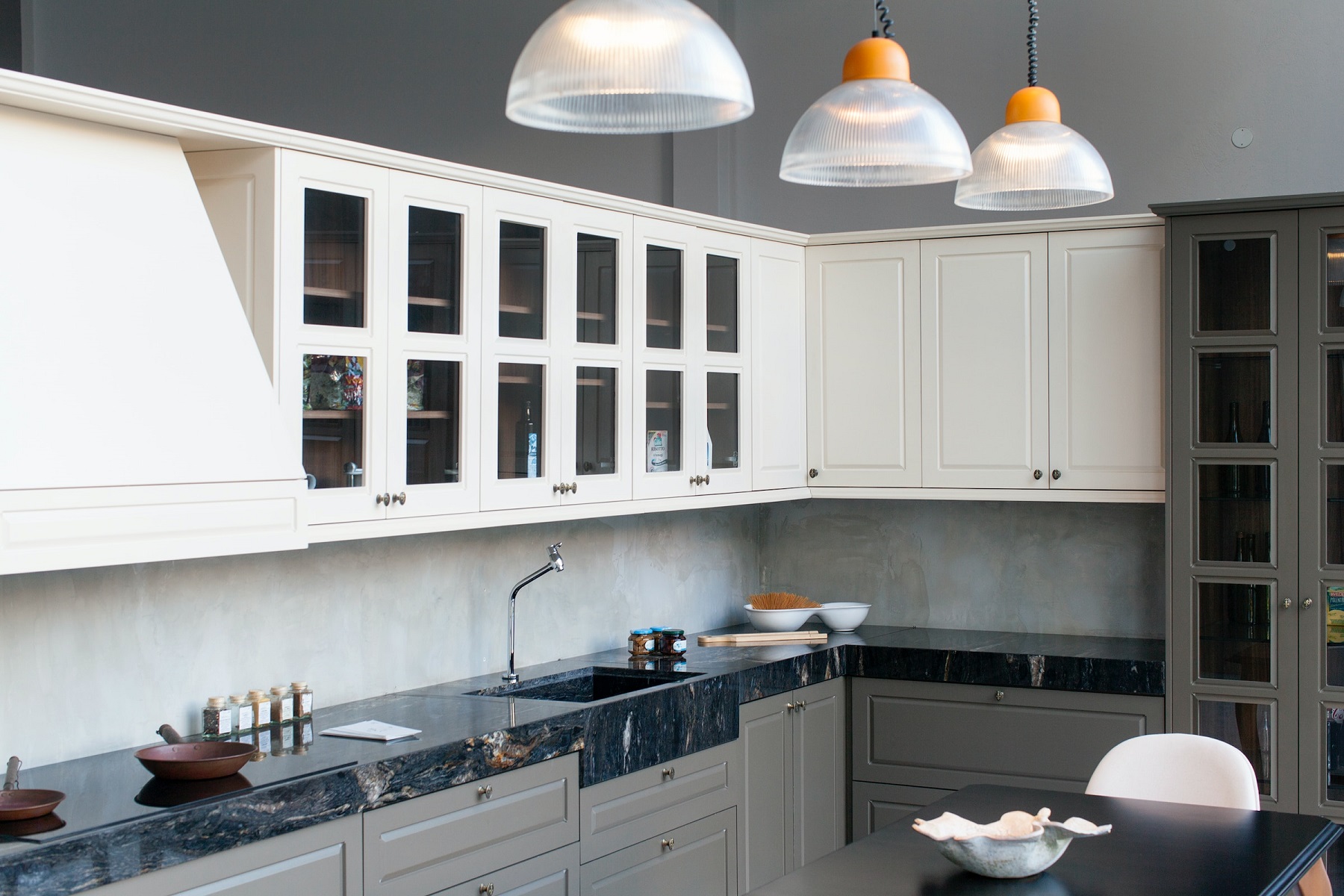
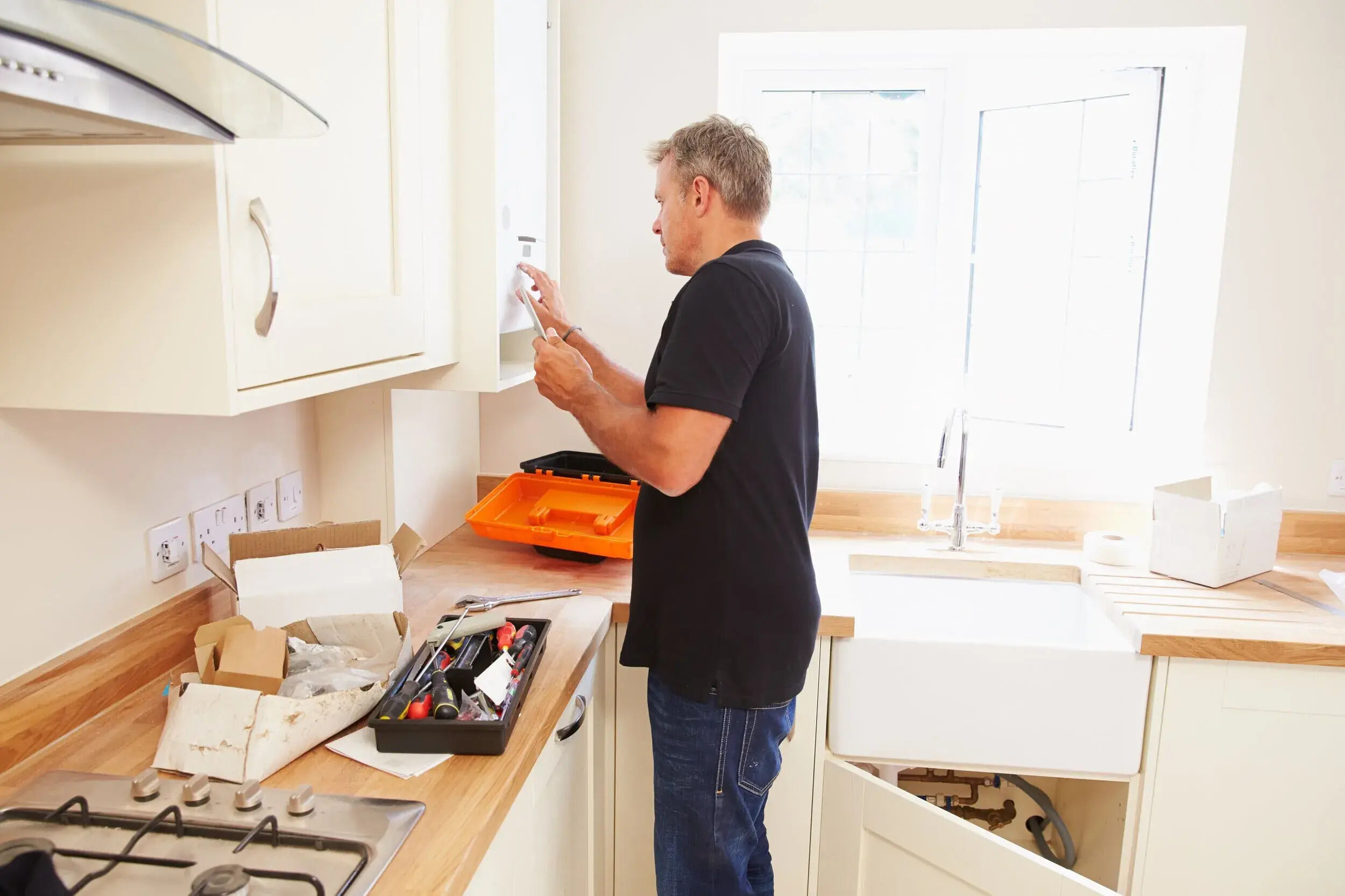


0 thoughts on “Should Kitchen Cabinets Be Lighter Or Darker Than Walls?”